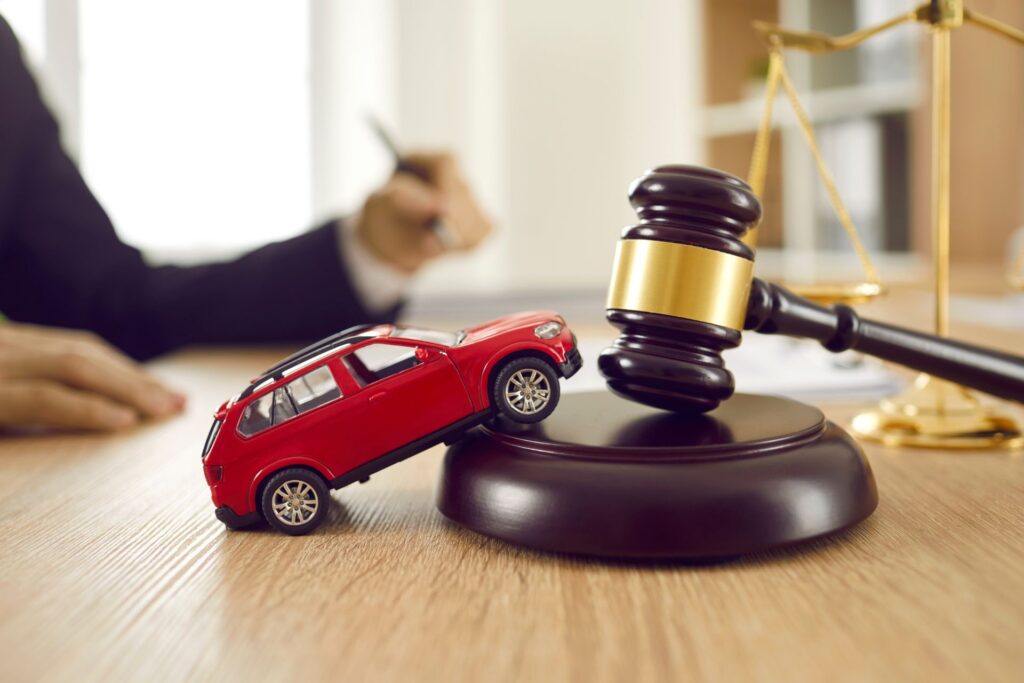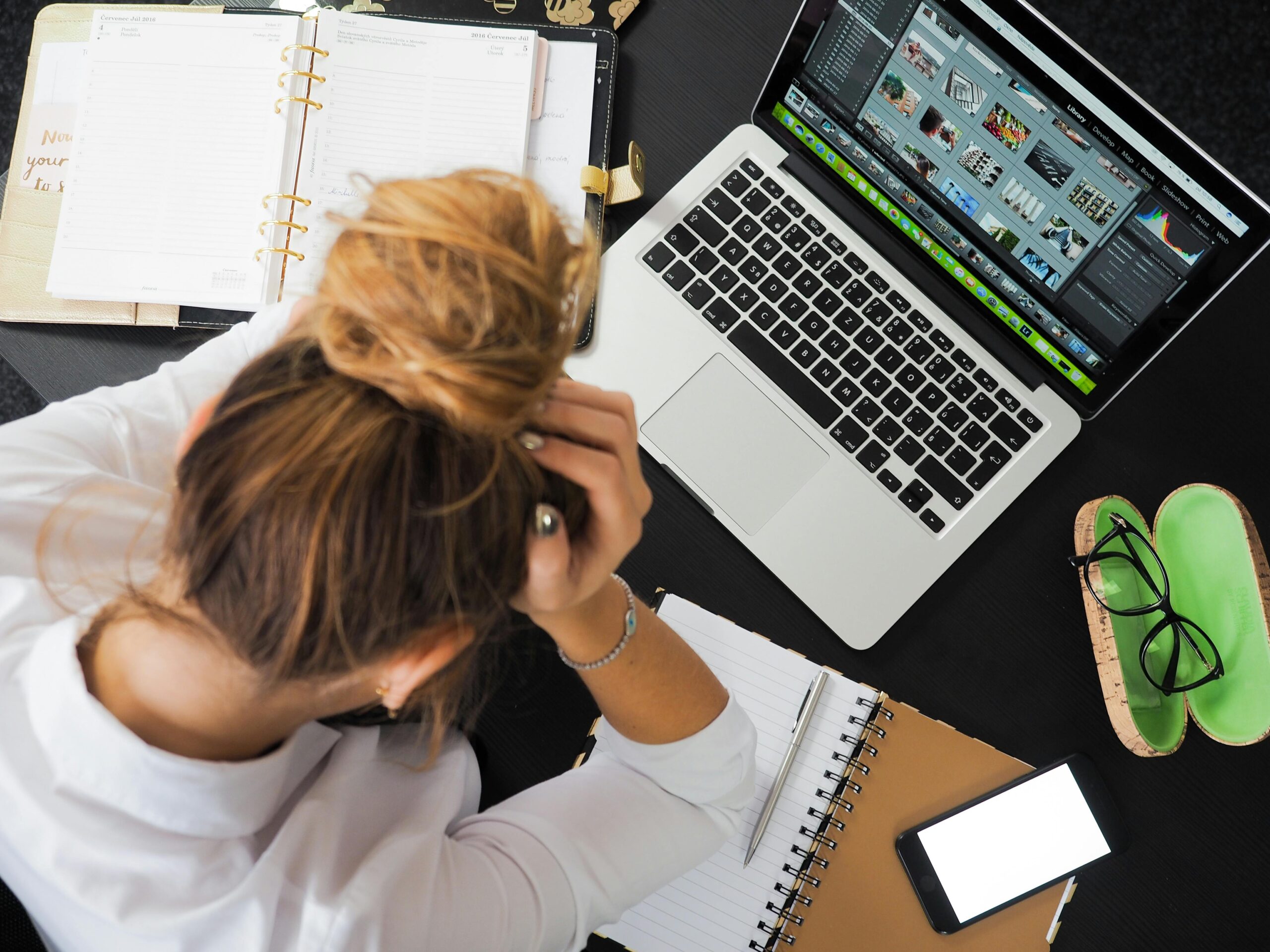Now Reading: The Role of Property Owners in Preventing Slip and Fall Accidents
-
01
The Role of Property Owners in Preventing Slip and Fall Accidents

The Role of Property Owners in Preventing Slip and Fall Accidents
Preventing slip and fall accidents is a critical responsibility for property owners. Ensuring the safety of visitors and occupants not only helps avoid legal issues but also promotes a safe environment. If you’ve ever had a slip and fall accident, you might consider seeking guidance from Trantolo Law Firm, a firm that specializes in such cases. This article will delve into the role of property owners in preventing slip and fall accidents, highlighting seven essential measures they can take to mitigate these risks.
Understanding Property Owner Responsibilities
Property owners have a legal obligation to maintain a safe environment for all customers and visitors. This duty of care involves identifying potential hazards and addressing them promptly. Let’s explore the various ways property owners can fulfill this responsibility and prevent slip and fall accidents.
Regular Maintenance and Inspection
Regular maintenance and inspection of the property are fundamental to preventing accidents. Property owners should develop a routine schedule to inspect the premises for potential hazards such as wet floors, loose carpeting, or uneven surfaces.
Immediate Hazard Mitigation
When a hazard is identified, it must be addressed immediately. This could mean cleaning up spills, repairing damaged flooring, or placing warning signs around wet or slippery areas. Prompt action can significantly reduce the risk of accidents.
Documenting Inspections and Repairs
Keeping detailed records of inspections and repairs is crucial. This documentation can serve as evidence that the property owner has taken reasonable steps to ensure safety. In the event of an accident, these records can be invaluable in defending against liability claims.
Adequate Lighting
Proper lighting is essential in preventing slip and fall accidents. Poorly lit areas can obscure hazards and increase the likelihood of accidents.
Ensuring Sufficient Illumination
Property owners should ensure that all areas, especially stairwells, hallways, and entrances, are well-lit. Regular checks should be conducted to replace burnt-out bulbs and fix any lighting issues promptly.
Using Non-Slip Flooring Materials
Installing non-slip flooring materials in areas prone to moisture, such as bathrooms and kitchens, can further prevent accidents. These materials provide better traction and reduce the risk of slipping.
Clear Signage and Warnings
Effective communication about potential hazards is a key component of accident prevention. Property owners should use clear signage to warn visitors of any temporary dangers.
Placement of Warning Signs
Warning signs should be placed in highly visible areas near the hazard. For example, wet floor signs should be used immediately after mopping until the area is completely dry.
Updating Visitors on Safety Protocols
Regularly informing visitors about safety protocols, such as proper footwear in certain areas, can also help in reducing accidents. This can be done through signage or direct communication.
Training and Educating Staff
Employees and staff members play a vital role in maintaining a safe environment. Proper training and education are essential in empowering them to identify and address potential hazards effectively.
Conducting Regular Safety Training
Property owners should conduct regular safety training sessions for their staff. These sessions should cover how to spot hazards, proper cleaning procedures, and emergency response protocols.
Encouraging a Safety-First Culture
Promoting a safety-first culture among staff can make a significant difference. Encouraging employees to report potential hazards and suggesting improvements can lead to a safer environment for everyone.
Legal and Financial Implications
Preventing slip and fall accidents is not only a matter of safety but also has significant legal and financial implications for property owners. Failure to maintain a safe environment can result in costly lawsuits, increased insurance premiums, and damage to reputation.
Understanding Liability Risks
Property owners must be aware of the liability risks associated with slip and fall accidents. If an injury occurs due to negligence, such as failing to repair a known hazard or neglecting regular maintenance, the property owner can be held legally responsible. This liability can lead to substantial financial payouts for medical expenses, lost wages, and pain and suffering.
Implementing Risk Management Strategies
To mitigate these risks, property owners should implement comprehensive risk management strategies. This includes regular safety audits, creating an action plan for hazard mitigation, and ensuring compliance with safety regulations. Investing in these preventive measures can ultimately save property owners from the high costs associated with legal claims and improve overall safety for everyone who enters their property.
Conclusion
The role of property owners in preventing slip and fall accidents is multifaceted and crucial. By regularly maintaining and inspecting the property, ensuring adequate lighting, using clear signage, and training staff, property owners can create a safer environment and reduce the risk of accidents. Taking these proactive measures not only protects visitors and occupants but also helps property owners avoid potential legal issues. The efforts put into preventing slip and fall accidents reflect a commitment to safety and responsibility.









